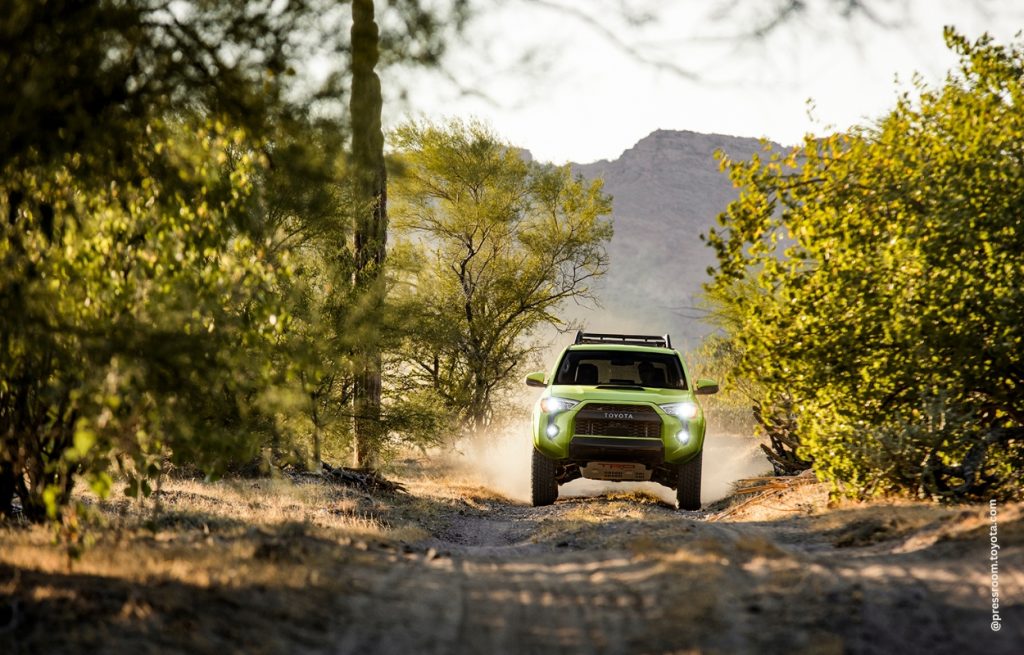
Welcome to the world of off-road adventures! Before you dive into the mud and rocks with your new truck, there are some essential things you need to know about warranties, modifications, and how to deal with dealership service writers.
This will be a high-level guide so that you can hit the trails with mods and parts that create confidence on the trail. Remember, this is all about making your off-roading investment and experience as smooth as possible, both on and off the road.
Lastly, please understand that each dealership, county, state, and country will vary on these topics.
Table Of Contents
Do Your Research
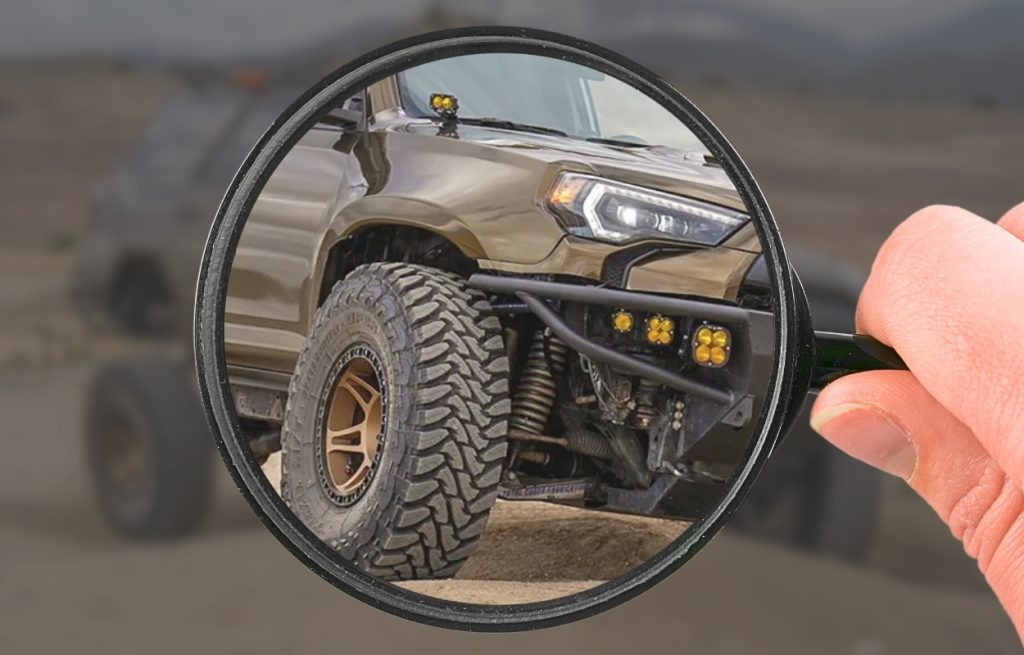
Before you even think about signing the dotted line for your off-road SUV or truck, it’s crucial to do some dealership reconnaissance. Talk to the players at the dealership and get the inside scoop:
- Sales: These folks are masters of crafting pitches that sound like music to your ears. Also, remember that stores that deal in OEM and, in some cases, aftermarket mods will LOVE to talk about what to do next. Just remember, what’s promised verbally might not be in writing.
- Service Writers: These are the people who can give you insights into what modifications might void your warranty. Don’t spill all your plans – ask basic questions and avoid oversharing.
- Parts: Parts department personnel often have the inside track on what a dealership will or won’t warranty. They might not always be pleased with other departments’ promises and could give you the unfiltered truth.
Service Writers
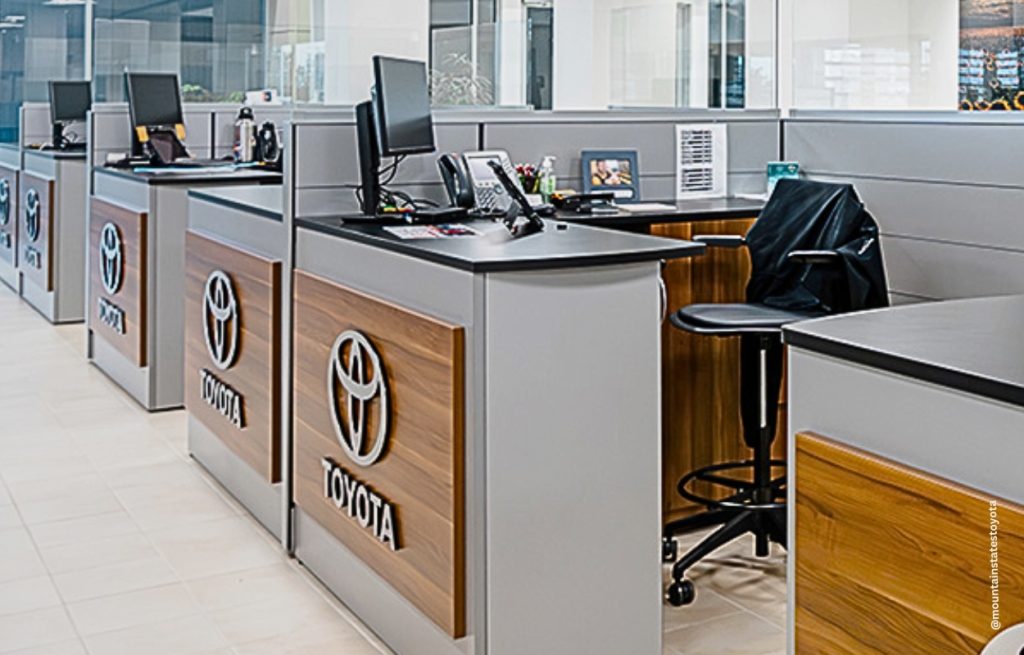
Building a positive relationship with your service writer is crucial. Remember that old saying, “They make their money on maintenance”? There’s a lot of truth to that.
That service writer’s job is not only to make critical decisions, like if something does or doesn’t fall within warranty but to make money for the dealership. While much of that expense is passed to the manufacturer, it does pull time from techs that could be doing work outside of warranty that can lift that department’s profit. It’s a business — accept that and use some of the following helpful tips:
- Always be nice and respectful.
- Avoid giving them a laundry list of your aftermarket plans.
- If necessary, diplomatically demonstrate that your mods didn’t cause the issue.
- “The good ole’ boy network” is not just a thing – it can save you countless amounts of cash, so if you know a guy/gal who knows a service writer, make friends.
- Don’t resort to badmouthing them online if they initially refuse – remember, word gets around.
Types Of Warranties
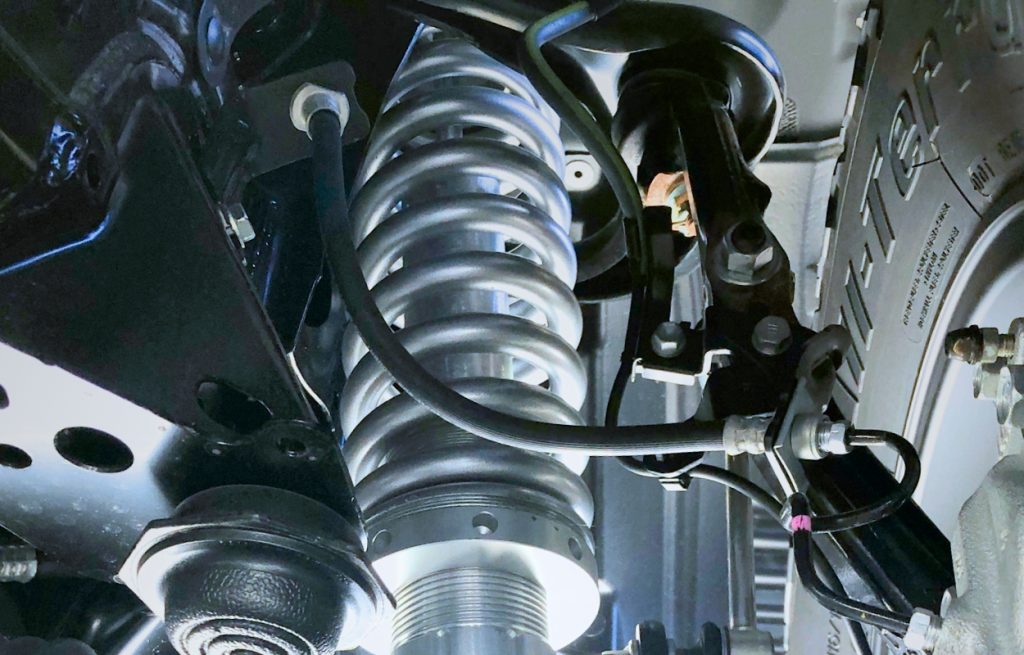
Understanding the different types of warranties is essential. They include:
- Manufacturer’s Warranty: Typically comes with your new SUV or truck.
- Dealership Warranty: Watch out as these are often a more expensive add-on to the manufacturer’s warranty and most often handcuff you to a location for warranty work.
- Extended Warranty: Check the coverage, as most extended warranties won’t cover aftermarket modifications.
- Powertrain Warranty: Covers major engine and transmission components.
- Bumper to Bumper: Comprehensive coverage for various vehicle systems.
- “As Is”: Be cautious with this term, as it means you’re buying the product in its current condition without legal recourse for defects discovered post-purchase.
- Understanding “What is Not Covered” or “Warranty Limitations”: Delve into the fine print to know exactly what falls outside your warranty’s scope.
PRO-TIP: Examine the average repair costs for your vehicle before buying a vehicle protection plan. To get a repair estimate, you can call around and also use free online tools.
Modifications & Warranties
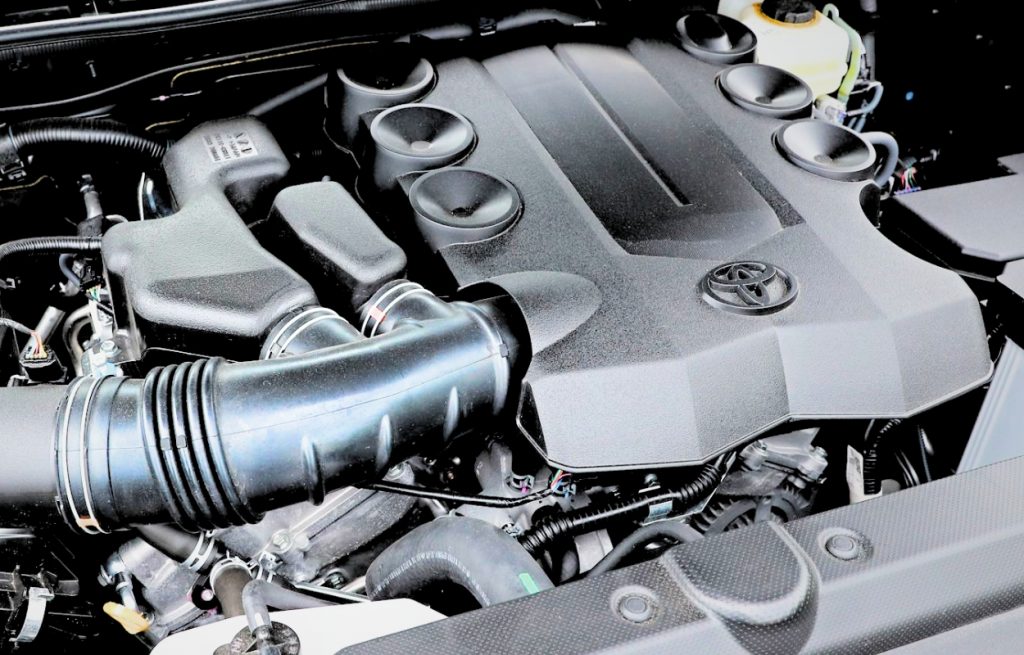
Let’s talk about the elephant in the room: will your warranty be voided if you modify your off-road truck? The answer isn’t always straightforward.
Dealer Installed: If you opt for dealer-installed mods, ensure they are documented on the write-up and warranty.
OEM Parts: Just because a part is OEM doesn’t mean it won’t void your warranty – even if installed by a factory-certified installer with direct ties to your existing warranty.
Local Mechanics: In most cases, a local mechanic will make their living servicing cars outside of warranty, so this may not be germane to our discussion. That said, in some instances, warranty companies will have relationships with local shops but often leave you to do the research.
Magnuson-Moss Warranty Act
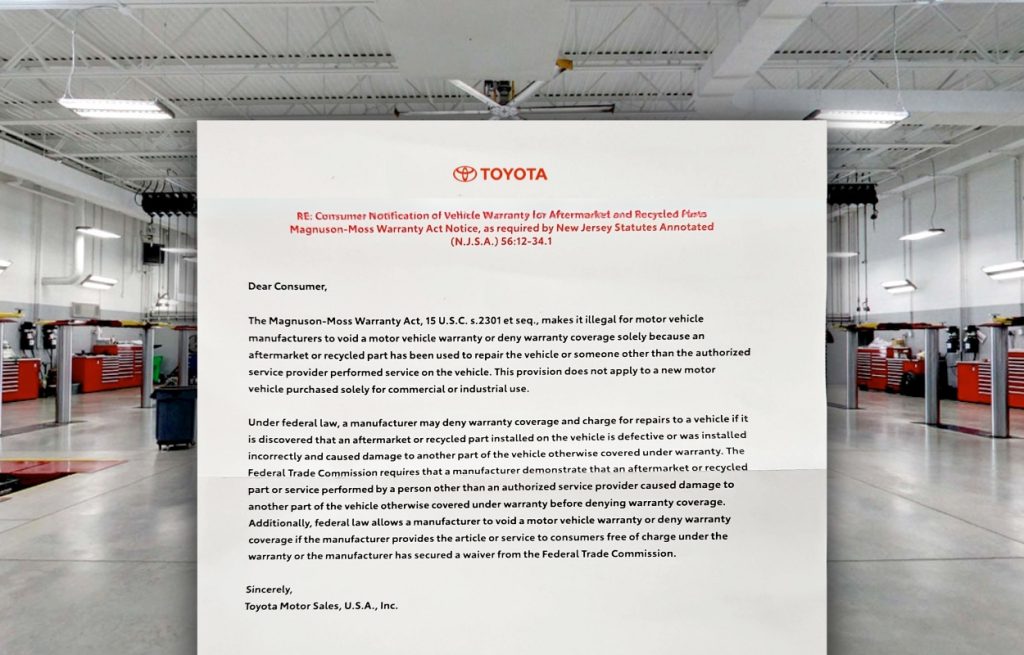
In 1975, the United States Congress enacted the Magnuson-Moss Warranty Act. This act was designed to protect consumers from being unfairly denied warranty coverage when they modify their vehicles using aftermarket replacement parts. It’s essential to comprehend this act, as it safeguards consumers’ rights in this context.
The Core Principle: Burden of Proof
Under the Magnuson-Moss Warranty Act, the onus falls upon the manufacturer or dealer to demonstrate that the aftermarket modification directly caused the failure of the warrantied part. This means they cannot automatically void your warranty due to modifications unless they can establish a clear connection between the modification and the issue.
For example, installing aftermarket shocks should not impact the warranty on unrelated components like your alternator.
Jumping Warranties
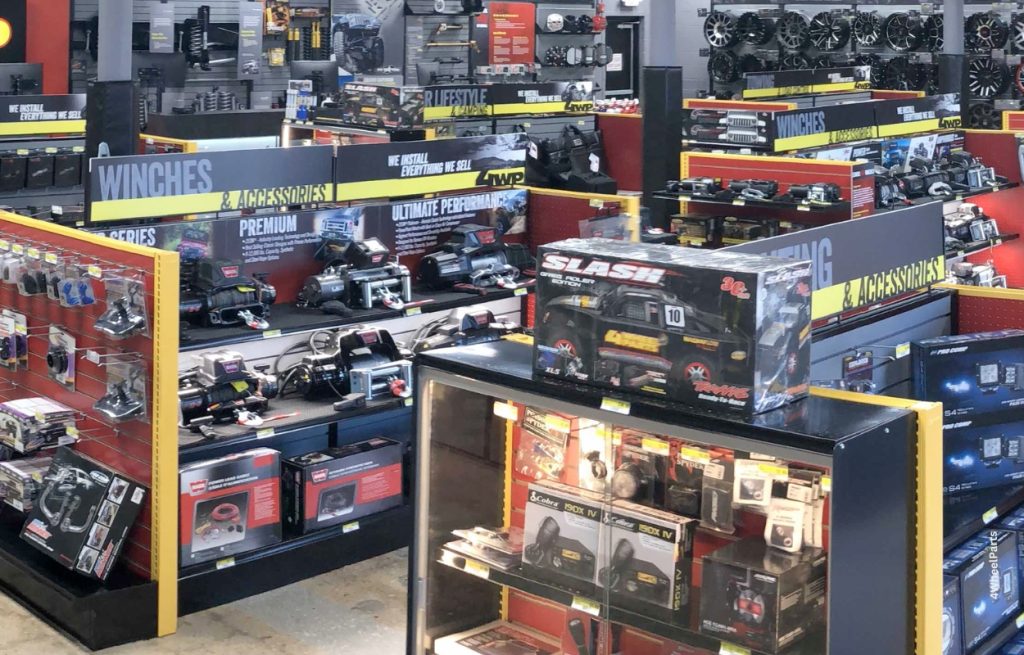
If a suspension upgrade will void your dealership warranty, make sure you go to a licensed installation company like 4 Wheel Parts that will warranty the work. Remember, even those warranties will not protect you from trying to jump over a football field into a pit of flaming robot tigers.
PRO-TIP: Don’t let someone write in a supplement to the protection on your paperwork. People come and go, and installation shops can easily make the case that so did the protections sold to you by said employees. So, please make sure you have the paperwork and see that promissory notes are within your digital profile.
Safe Modifications
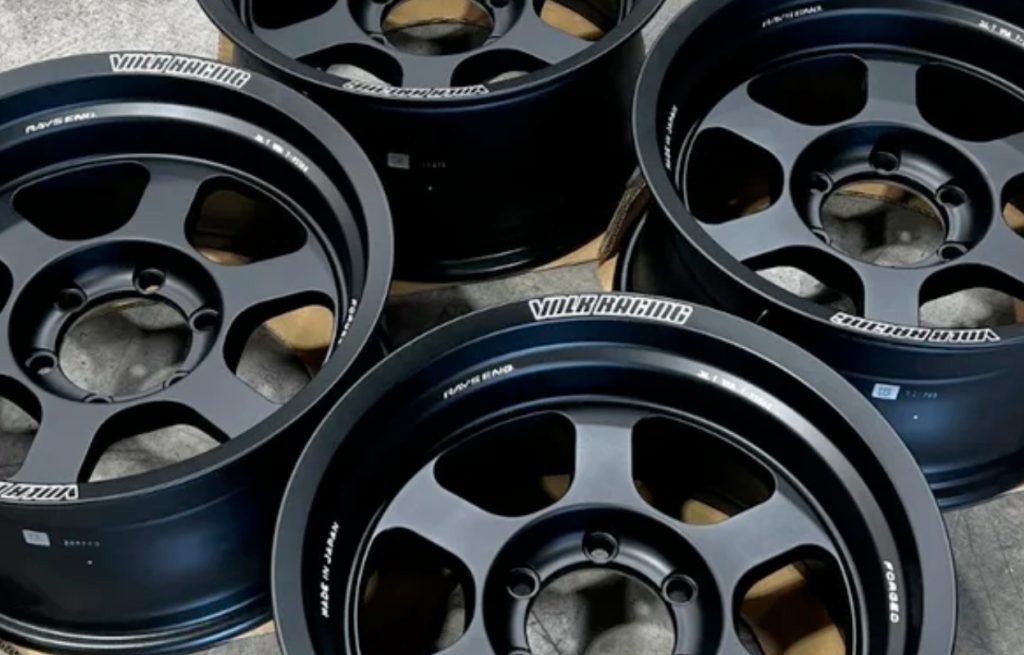
Certain modifications are generally considered safe:
- Wheels, tires, and exterior body enhancements.
- Light upgrades (excluding light bars).
- Basic suspension enhancements (not always lifted).
- Suspension supports like bump stops and bushings.
- Cat-back exhaust systems.
- Sway bars.
- Cold air intakes.
- Roof racks and most towing attachments.
- Most exterior/interior trim modifications.
- Upgrading intercoolers, radiators, and oil coolers.
- Armor and protective products (be cautious with metal-cutting during installations).
- Exhaust modifications (ensure they don’t interfere with sensors or back-pressure regulation).
- Regularly service your vehicle and keep all service records and receipts.
PRO-TIP: Higher-quality aftermarket products from reputable brands are easier to defend if they aren’t the direct cause of a warranty issue.
Red Flags
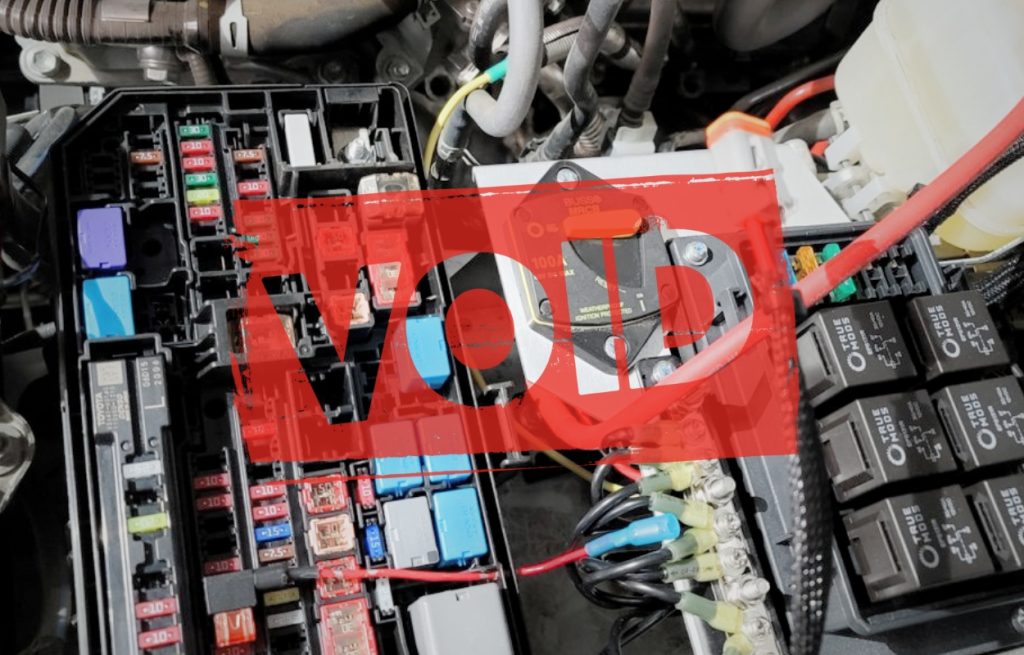
Certain actions and modifications can spell trouble for your warranty:
- Environmental damage (especially flooding – see snorkel).
- Owner neglect (see last point on the list)
- Cutting or adding metal.
- Misuse of the vehicle.
- Using old or improper fluids.
- “Performance enhancements” – let the gray area begin!
- Snorkels – nothing screams that I abuse my vehicle like this particular AFTERMARKET intake.
- Personal tuning and ECU modification.
- Electrical tinkering (be careful, as this can cause more harm than good).
- “Barn fabrications” like home welding, cake-pan hood scoops, or garden landscaping effects. I once saw a cold-air intake made with dryer venting.
- @giantinstagramprofilestickerofmejumpingmy4runnerovergiantbolders – Dude, if you don’t want them to know what you do, don’t give a slideshow of evidence.
PRO-TIP: If you’re working on your electrical system, get it done by someone who offers a warranty. Consider running all third-party electrical to a second battery and switchboard for added protection.
Final Thoughts
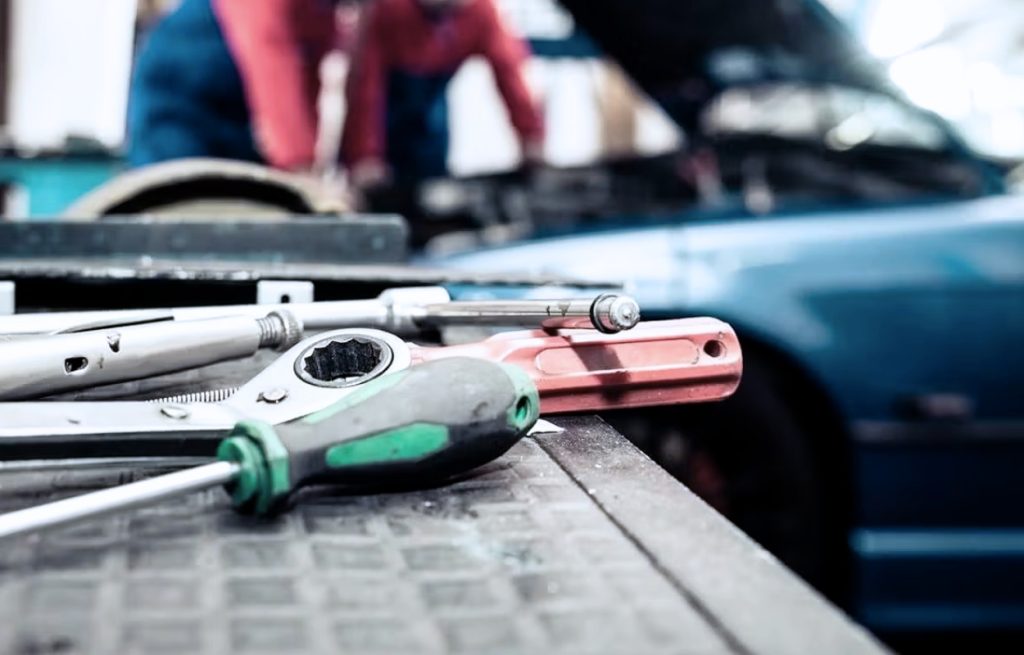
In the world of automotive warranties, there’s room for interpretation. To protect your rights:
- Do your homework before spending any money.
- If a service adviser unfairly denies your warranty claim, escalate the issue within the dealership hierarchy.
- If all else fails, contact the automaker directly or seek help from another dealer.
Remember, this article is for educational purposes, not legal advice. Consult a lawyer for any specific claims or questions. Enjoy your off-road adventures confidently, and may your warranty always have your back!

What about super chargers.
The Magnusen act comes to mind (Hint)
LOL, yeah, no doubt.
Of course, I’m no lawyer; remember, these areas are ‘gray.’ This means that you will likely have to do the heavy lifting to prove that the “X” modification did not cause a “Y” issue and, therefore, should be covered by warranty.
Therefore, when you start talking about aftermarket forced induction, it’s a safe bet they’ll be able to use that as a blanket void-marker for the engine—even more so for the whole drivetrain!
I’m working on a new article RE: building a purchase through a dealer that would include “upfitting” with 3rd party accessories and rolling them into your payment. This, too, is a bit gray, as often the dealer you compiled this purchase with [should] cover it within the paperwork (which is on you to get all changes and addendums). Still, another dealer may be based on something other than the terms falling to the originating dealership.
My final litmus test for most people when I get into this discussion is to cast yourself as the underwriter or service rep. Your job is to sell parts and maintain the labor for said parts. If I can blame a third-party product, I will. But if I cannot associate your ‘issue’ (the reason you’re bringing it in for warranty work) with a mod’ – and you’re not acting like a tool, your chances are better than not at all.